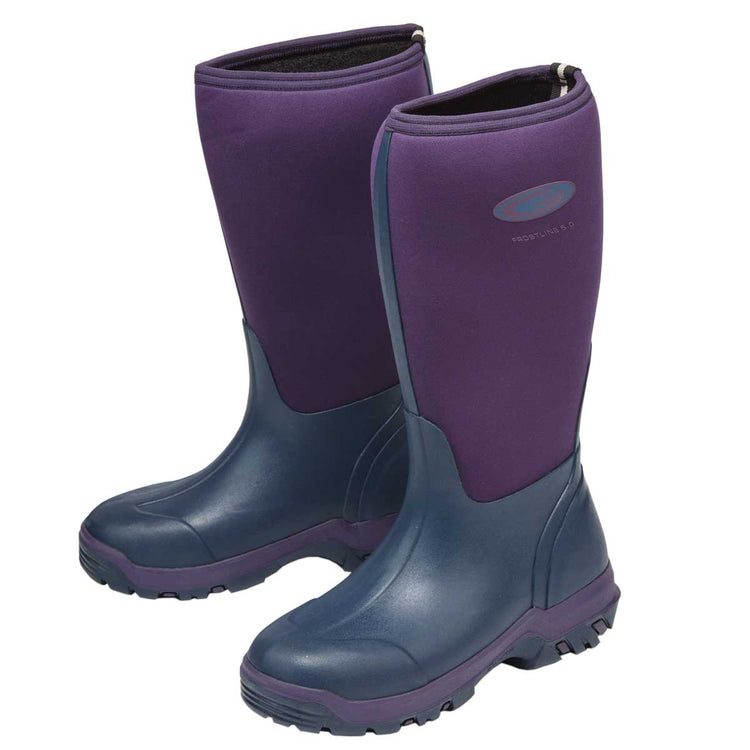Grubs Boots that are insulated are designed for cold weather typically incorporate several key features to keep your feet warm, dry, and protected. Here's what makes them ideal for cold weather:

1. Insulated:
- Material: Cold-weather insulated boots often include insulation made from synthetic materials like proprietary products, or natural materials like wool or down. Insulation works by trapping body heat inside the boot, helping to keep your feet warm even in freezing temperatures.
- Fleece Lining: As mentioned earlier, fleece-lined boots provide added warmth by offering an insulating layer.
2. Waterproofing:
- Waterproof Membranes: Cold-weather boots are often equipped with waterproof or water-resistant materials to prevent water, snow, and slush from seeping in. Wet feet can lead to cold feet quickly, and waterproofing helps prevent that.
- Rubber Soles: Many cold-weather boots feature rubber soles that prevent water from entering through the bottom and provide better grip on slippery surfaces.
3. Breathability:
- While keeping out moisture from the outside, good cold-weather insulated boots are also designed to allow sweat and moisture to escape. Breathable materials prevent your feet from becoming damp due to sweat, which can make them colder.
4. Traction:
- Non-Slip Soles: Cold-weather insulated boots are designed with lugged, textured outsoles that provide excellent traction on slippery surfaces like ice and snow. This minimizes the risk of slipping in hazardous conditions.
- Deep Treads: Boots with deeper treads give better grip in snow and slush, helping you stay steady on your feet.
5. High Ankle Support:
- Cold-weather insulated boots often extend above the ankle to provide extra protection against snow or slush. The higher coverage keeps cold air and moisture out, and can provide added warmth around the lower leg.
6. Durable Materials:
- Cold-weather boots are usually made of tough materials like leather, synthetic fabrics, or heavy-duty nylon that can withstand the elements. These materials help protect against wind and cold air while also being resistant to wear and tear from harsh conditions.
7. Wind Resistance:
- Some boots are specifically designed to resist wind. This feature prevents cold air from penetrating the boot, which helps maintain warmth inside.
8. Adjustability:
- Features like laces, buckles, or Velcro straps allow the boots to be tightened or loosened as needed to create a snug fit, which keeps out snow and cold air.
9. Removable Liners:
- Some winter boots feature removable liners that provide extra insulation. These can be removed to dry out the boots or be washed separately to maintain their warmth and cleanliness.
In summary, boots that are good for cold weather combine warmth, water resistance, breathability, durability, and traction to protect your feet from the elements. This makes them ideal for outdoor activities in cold, snowy, or icy environments. Did you know that Grubs Boots is a family owned company? It's True! The family that owns Grubs has been making fine performance footwear since 1776! Read more here

